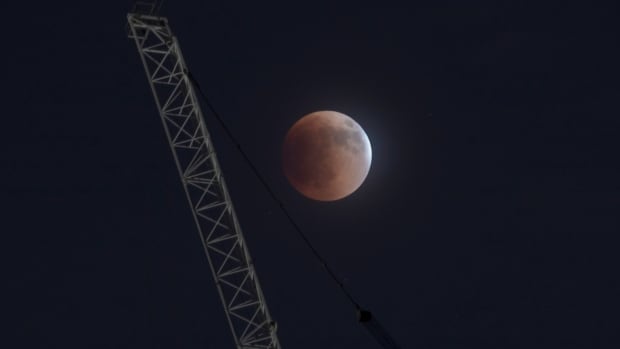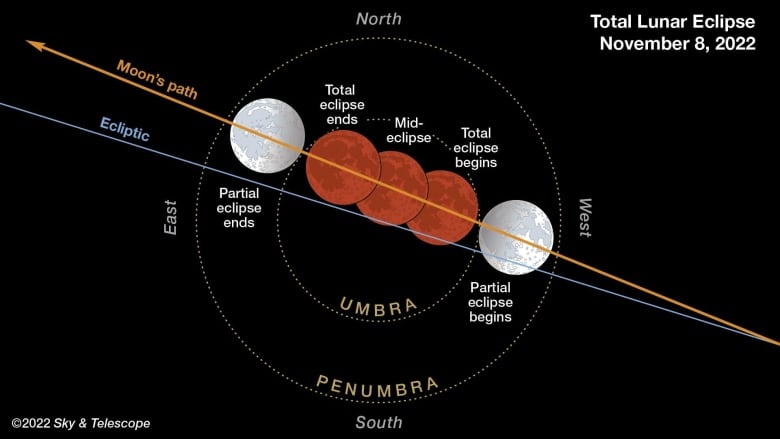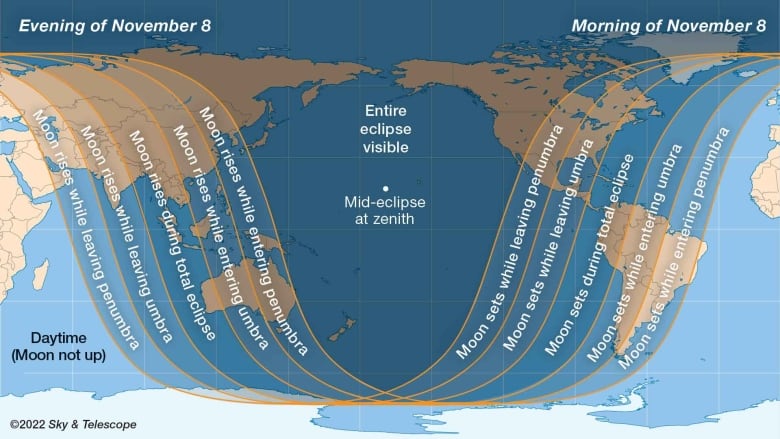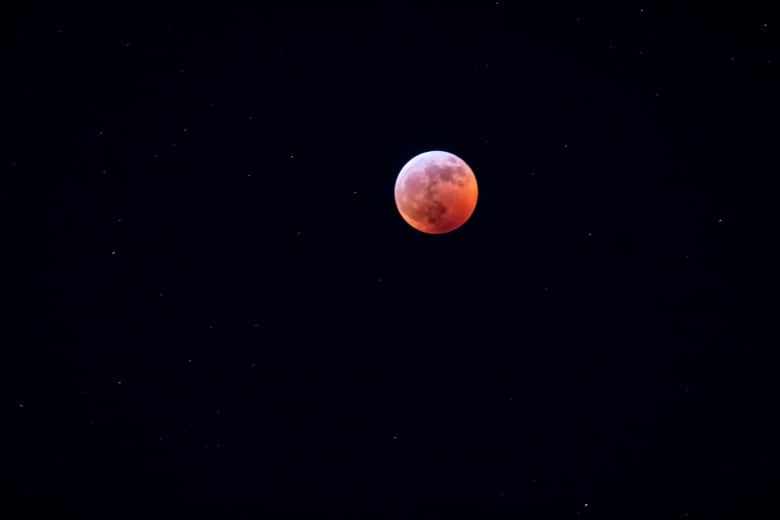
There’s going to be a cosmological show early Tuesday morning: a total lunar eclipse.
The good news? Most of the country is in a prime location to view it.
The bad news? The nearly six-hour event starts in the wee hours of the morning.
Lunar eclipses occur when the moon passes through Earth’s shadow. There are actually two of Earth’s shadows: an outer, faint one, called the penumbra, and an inner, darker one, called the umbra.

When the moon passes through the penumbra — giving us a penumbral eclipse — it’s almost impossible for our feeble human eyes to see the small change in brightness.
But when it passes through the umbra, that’s when the real show begins.
How, when and what to look for
Lunar eclipses differ from solar eclipses when it comes to their length: lunar eclipses can last for hours, while solar eclipses last for just minutes. So, even though Tuesday’s eclipse begins and ends in the early hours of the morning (depending on your location), you don’t have to stay up all night to see it.
You could, for example, set your alarm for a half-hour or so before totality and enjoy some of the partial eclipse just before the moon plunges into darkness.
Those in B.C., Alberta, Saskatchewan, Manitoba and parts of northern Ontario will be in the best position to see the eclipse in its entirety.
Farther east, the moon sets while the eclipse is taking place.

The moon could go dark or it could turn into what some people have termed a “blood moon.”
During a total lunar eclipse, the moon can turn a coppery-reddish colour — hence the name — as Earth’s atmosphere scatters the light from the sun, which will lie directly behind it. Light with longer wavelengths — like orange and red — refract, or bend, around the Earth where it eventually reaches the moon.
It also depends how deep into the umbra the moon is. In this case, the moon lies fairly deep within the inner shadow.
Photo opportunity
When the moon is fully darkened, you can see the nearby stars that would normally be drowned out by its glare. It makes for a beautiful sight, as well as a great photographic opportunity.

You can also use binoculars during a lunar eclipse, which allow you to make out some of the craters on the moon’s surface.
Finally, for this eclipse, you can also try to spot Uranus with your binoculars. The faint, bluish, icy planet will reach opposition — that is when it lies directly opposite Earth from the sun — just a day after the eclipse. In this position, the planet is at its brightest. It will likely be just to the upper left of the darkened moon.
We are also in the midst of not one, not two, not three, but four meteor showers — the Orionids, the northern Taurids, southern Taurids and Leonids. While these showers don’t normally produce a lot of meteors, your chances of seeing a few increase with a darkened full moon, so keep an eye out.